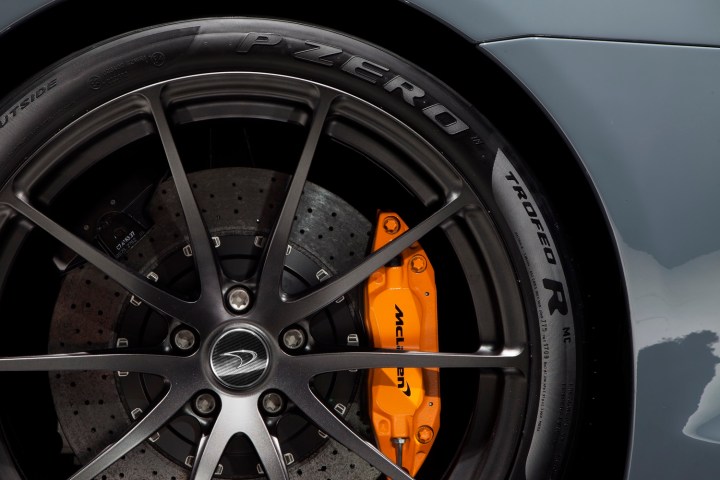
Tree roots could provide a good template for lightweight car wheels, McLaren design boss Frank Stephenson said in a recent interview with Australia’s Motoring. Specifically, he noted that roots don’t radiate uniformly from a tree’s trunk. In most wheels, the spokes spread out uniformly from the hub, but Stephenson thinks it’s time to dispense with that convention. That could lead to some very unusual designs.
Stephenson described using “very curvy or very bent spokes” to create a wheel with “all different-size-looking holes.” In his estimation, this will help dissipate forces more quickly, allowing the individual spokes to be lighter and thinner. Of course, it would also create a cool design, with each spoke a little bit different from the others. Significant counter-balancing would still be required, Stephenson noted, but that could be hidden from view.
Read more: McLaren MSO tricks out the new 570GT hatchback
Tree-based wheels aren’t the only unusual design elements Stephenson predicted. He also believes that carbon fiber will allow future cars to have thinner roof pillars, potentially addressing a common criticism of modern cars. The thick A-pillars used in most cars for crash protection are sometimes chided for blocking visibility. But Stephenson said carbon fiber is so strong that it could not only allow designers to go back to thinner pillars, but even eliminate the structural rail that runs across the top of the windshield in most cars.
Stephenson even said the windshield wiper and sun visor could soon end up in the scrap bin, thanks to windshields that are more than just pieces of glass. “Photo-optics” could automatically increase tint to prevent glare, and an ultrasonic system could vibrate the windshield to eliminate raindrops, dirt, and bugs. Ditching windshield wipers would improve aerodynamics, Stephenson noted.
While many of his other ideas might not be implemented in production cars for years, if ever, Stephenson’s final prediction could actually come true soon. He suggested replacing the rearview mirror with a digital display for a rearview camera, something McLaren actually did on a recent concept car, and that Cadillac has come close to with its streaming-video rearview mirror.


